Like professionals in any industry, museum curators and gallery owners are always in search of the best, most reliable and easiest hardware to use for their installments. There’s no shortage of picture hooks and hangers available and finding the ones that will work for multiple shows or exhibits is imperative.
Since there are so many questions and things to plan for in an exhibit, you’d want to make sure your toolbox was full of hardware you were comfortable with and knew you could trust.
Curious to know what these hangers are? Continue reading to find out!
5 Types of Hardware for Hanging Art that Professionals Use
When dealing with high-value expensive art, securing the art to the wall is a top priority. This means choosing the most robust and secure hanging hardware to support the weight of these art pieces is of vital importance.
Fortunately, we offer a large selection of reliable picture hanging hardware to suit all of your needs. Check out some of our favorites to use in your next show or to use in your home gallery!
Gallery Systems
First on the list are Gallery Systems, a hanging method where art pieces are suspended from the walls or ceiling. There are two main categories: brass gallery rods and cable hanging systems.
Brass gallery rods consist of French gallery rods, brass moldings or picture rail molding, and brass monkey hooks. Cable hanging systems consist of wall track, hanging cables, and picture hooks. Art galleries and museums use both types of products to display and to easily change out works of art.

⚒️How to Install Gallery Systems
Note that these instructions are general steps on how to install gallery systems. Different types of hanging systems come with specific instructions based on the hardware included.
Install the track on the wall. Drill holes first if necessary.
Attach the nylon or steel cables onto the wall track or hang the rods from the rail molding or wall channel.
Insert the hooks onto the rods or cables.
Hang the frames on the hooks and adjust accordingly.
RELATED ARTICLE: Everything You Need to Know About Gallery Systems
French Cleats
Cleats are a type of hanging hardware consisting of two interlocking aluminum pieces. They work by attaching one cleat to the back of the frame while the other is fastened to the wall. Each pair has the same angle to fit into each other perfectly when engaged.
We offer more than 10 different cleat lengths, and the longer the cleat, the more weight it can support. When trying to determine the best cleat for your project, knowing the weight and dimensions is what needs to be taken into consideration along with the wall type and quality. Depending on the length, cleats can hold up to 100, 200, and even up to 750 lbs!
The rule of thumb when choosing the proper length of French cleats is to choose the size that measures about 75% of the length of your frame. The more surface area covered will ensure a better hold for your item. For instance, if your frame is 48 inches across, you would probably want to use a 45-inch cleat.

⚒️ How to Install French Cleats
How you hang your frame depends on whether your frame is metal or wood. Metal frames rely on the frame's channel and therefore do not require a second cleat to be attached onto the frame. They require only one cleat to be installed on the wall, while wood frames require two cleats, one for the wall and one for the frame.
Our Light Cleat profiles are the only cleats that will work with metal frames, and they come in 6", 12", 18", and 30" lengths. Light Cleat Hangers will fit on all currently manufactured metal frames generically designated as #11 Profile molding.
This includes the metal molding made by Nielsen, Clark, Designer, Alumaframe, Global Art, MCS, Decor, and most OEM manufacturers. Approximately 95% of the current metal molding market belongs to the #11 Profile category (compatible profiles).
Instructions for installing French cleats for metal frames:
1. Mount the cleat to the wall using the screws and anchors provided.
- Make small adjustments to ensure it’s level before tightening screws completely.
2. Slide the metal frame down to the cleat to engage.
Instructions for installing French cleats for wood frames:
1. Mount the cleat to the wall using the screws and anchors provided.
Make small adjustments to ensure the cleat is level before tightening screws completely.
2. Attach the other cleat to the back of the frame.
Drill pilot holes if necessary.
Position the cleats with the screw holes on top.
Insert a screw for each hole and tighten with a screwdriver.
3. Slide the frame down to interlock both cleats.
- Slide left and right to adjust.
- Remember that both cleats should be 90% engaged.
RELATED ARTICLE: How to Choose the Proper Aluminum French Cleats
Security Kits
Security kits are hanging hardware that lock frames into place when hung on the wall. When installed, they create a locking system that keeps frames on the wall regardless of tremors or attempted theft. Each security kit includes mounting plates, T- head screws, and wall brackets. A special wrench must be used to lock and unlock the special T-head screws.
This secure picture hanging method eliminates casual theft, tampering with artwork, and prevents art being knocked off the wall. Frames and artwork on display are safe while hardware stays out of sight.
The T-head screw mounts on the wall by aligning it with the mounting plate installed in the center of the bottom frame.

⚒️ How to Install Security Kits
Part 1: Installing the Mounting Plates and Wall Brackets
1. Attach the mounting plates to the back of the frame.
For wood frames, install 2 plates on top (at least ½” from the edges) and 1 plate at the bottom (centered).
For metal frames, install 1 mounting plate at the bottom (centered).
2. Measure and mark the wall to align plates and brackets.
Measure the distance between the mounting plates at the back of the frame.
Transfer this measurement to the wall and mark the position.
For metal frames, skip this step and proceed to step 3.
3. Install the wall brackets.
Measure and mark the wall as needed for plates and brackets to align.
4. Install the wall brackets.
Drill holes first.
Insert the plastic anchors and the screws, and tighten using a screwdriver.
5. Hang the frame
6. Before installing the T-head screw on the wall, check if the frame is level.
Part 2: Installing the T-Head Screw
1. Mark the wall where the security screw will go.
- ⚒️ PRO TIP: Use the T-head screw as a marker by holding it in the plate and touching the wall.
2. Install the screw on the wall.
- The flat neck of the T-head screw should protrude about ⅜” from the wall in horizontal (unlocked) position.
3. Hang the frame.
- The T-head screw should fit into the mounting plate.
- The frame should evenly stand ⅜” off the wall.
4. Lock the frame using the Security Wrench.
- ⚒️ PRO TIP: Position the wrench on the screw neck before you hang the frame so you can easily locate it.
- Tug the frame gently to check if the frame is locked in place.

RELATED ARTICLE: Everything You Need To Know About Security Kits
D-rings/Strap Hangers
D-rings and strap hangers are wood frame hanging hardware with a D-shaped steel ring held by a doubled-over steel strap. They come in narrow and wide widths to accommodate different frame sizes and weights. And thanks to the multiple screw holes in the strap, screw tear-out is less likely to occur.
You can use these wood frame hangers as is or with hanging wire. However, they should be installed at a slight angle when using wire. If you plan to use them alone, install them vertically at the upper corners on the back of the frame.

⚒️ How to Install D-Rings and Strap Hangers
1. Install hangers on opposite sides
Place them ⅓ of the way down the frame.
If using hangers as is, install upright but if using hanging wire, install at an angle.
2. Attach picture hanging wire.
3. Hang frame.
RELATED ARTICLE: How to Hang Pictures and Art Using D-rings and Strap Hangers
Adjustable J Hooks
Adjustable J Hooks are categorized under specialty and museum hooks because of their high adjustment capacity and heavy weight rating. These heavy-duty two-part hooks allow height and leveling adjustments without removing the art from the wall. Because of this feature, adjustable J hooks need not be perfectly level when installed.
To make adjustments, turn the head of the connecting bolt with a screwdriver inserted through the opening at the top side of the J hook. You can move the lower section of the J hook up and down by adjusting the hex nut on the threaded bolt that connects the two parts.
Since these are wall hooks, you might be wondering what frame hangers you can use that are compatible with them. You can use d-rings, strap hangers, and picture hanging wire.

⚒️How to Install Adjustable J Hooks
1. Measure the distance between the two hangers at the back of the frame.
2. Transfer the measurement to the wall and mark as needed.
3. Fasten the Adjustable J Hooks to the wall using the nails provided. Hammer gently to avoid damages.
4. Turn the head of the hook’s connection bolt with a screwdriver to make adjustments.
RELATED ARTICLE: Do’s and Don’ts When Using Wall Hooks
Final Thoughts
It is essential to consider two things when selecting the best hanger for your piece - adjustment capability and weight capacity. Knowing how to use the five types of hangers above, you can rest assured that you can easily adjust or swap out artwork and ensure that they are hung safely, just like the professionals do.


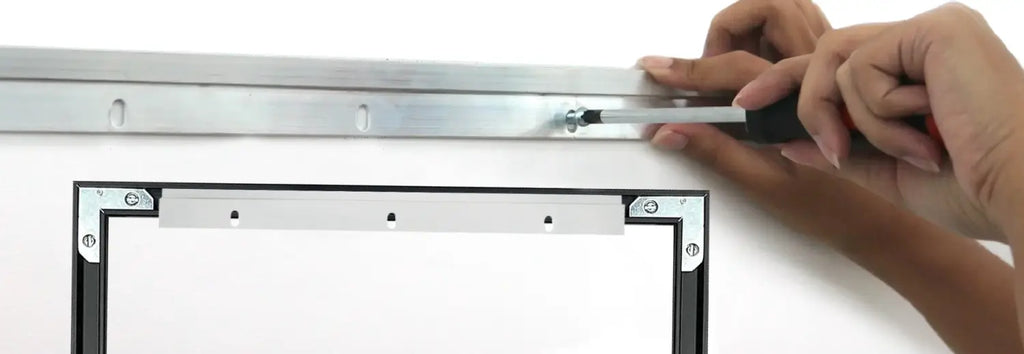
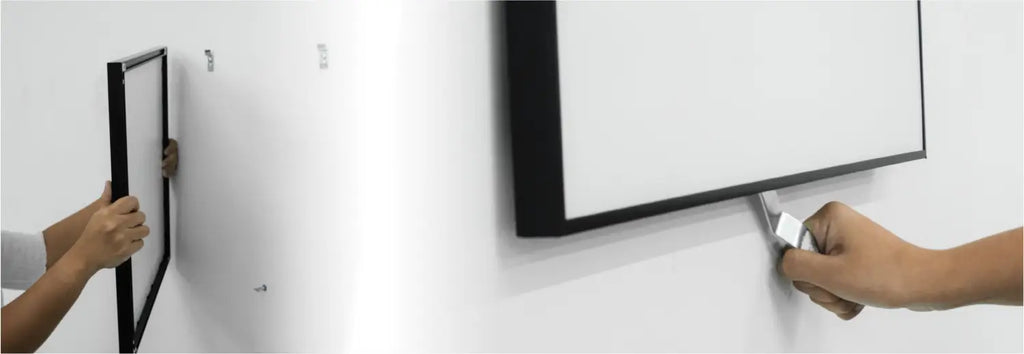


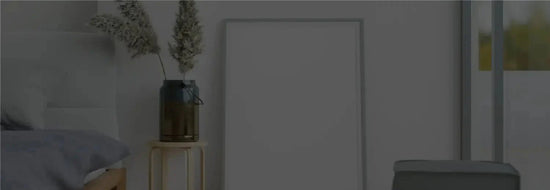
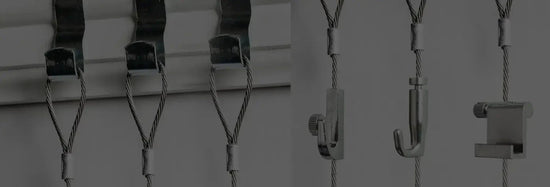
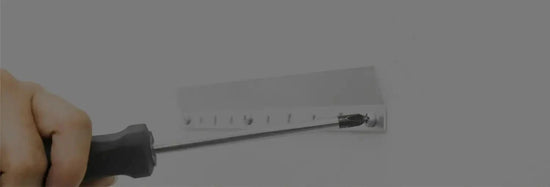
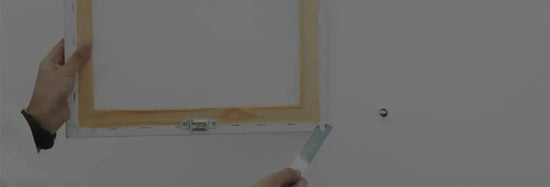
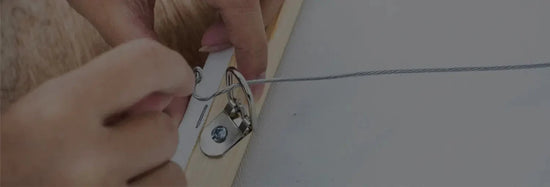
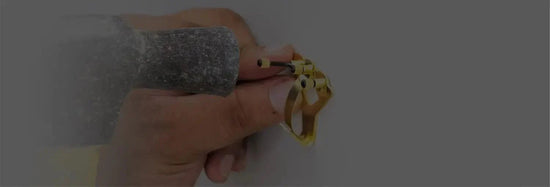
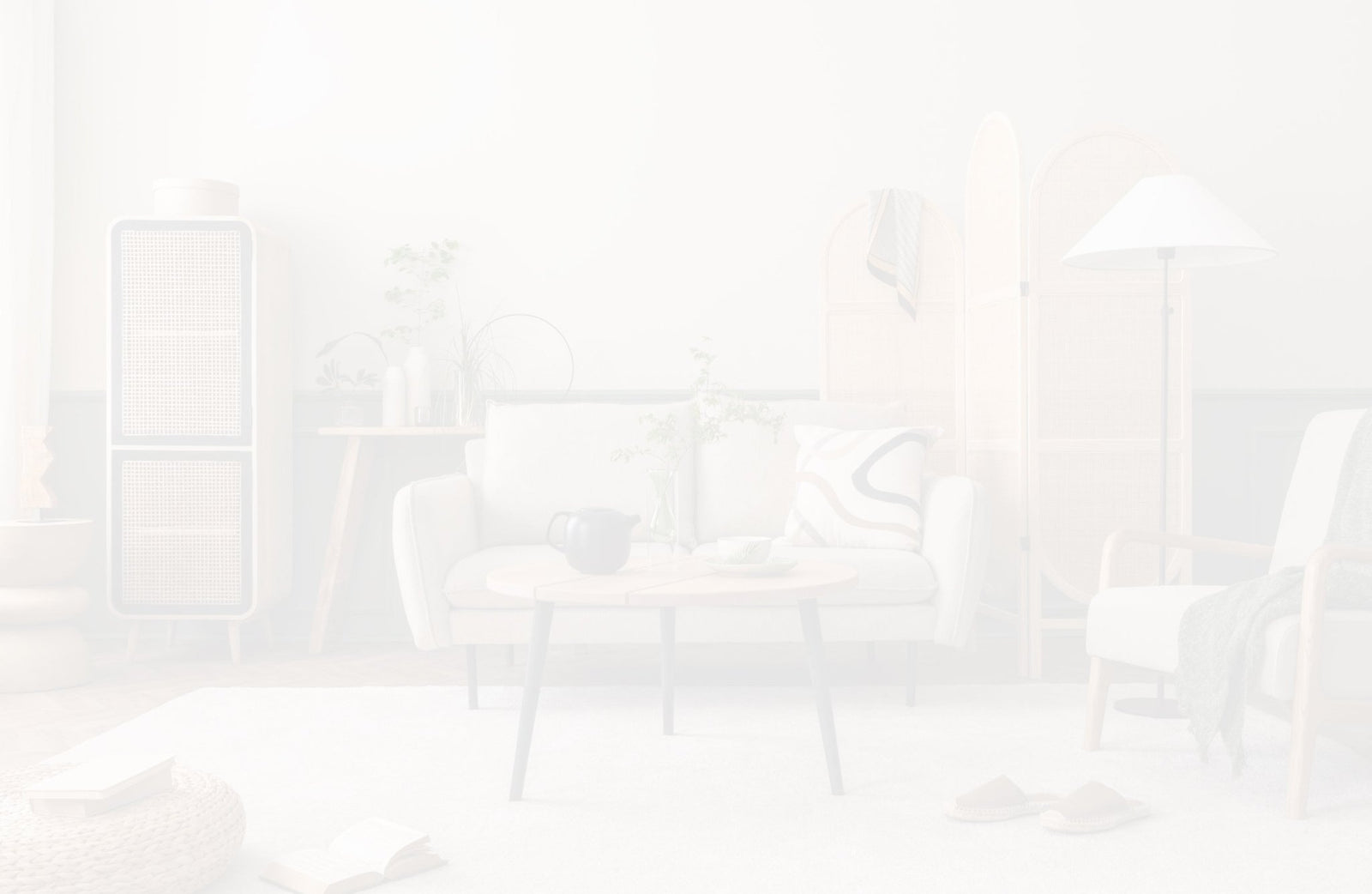

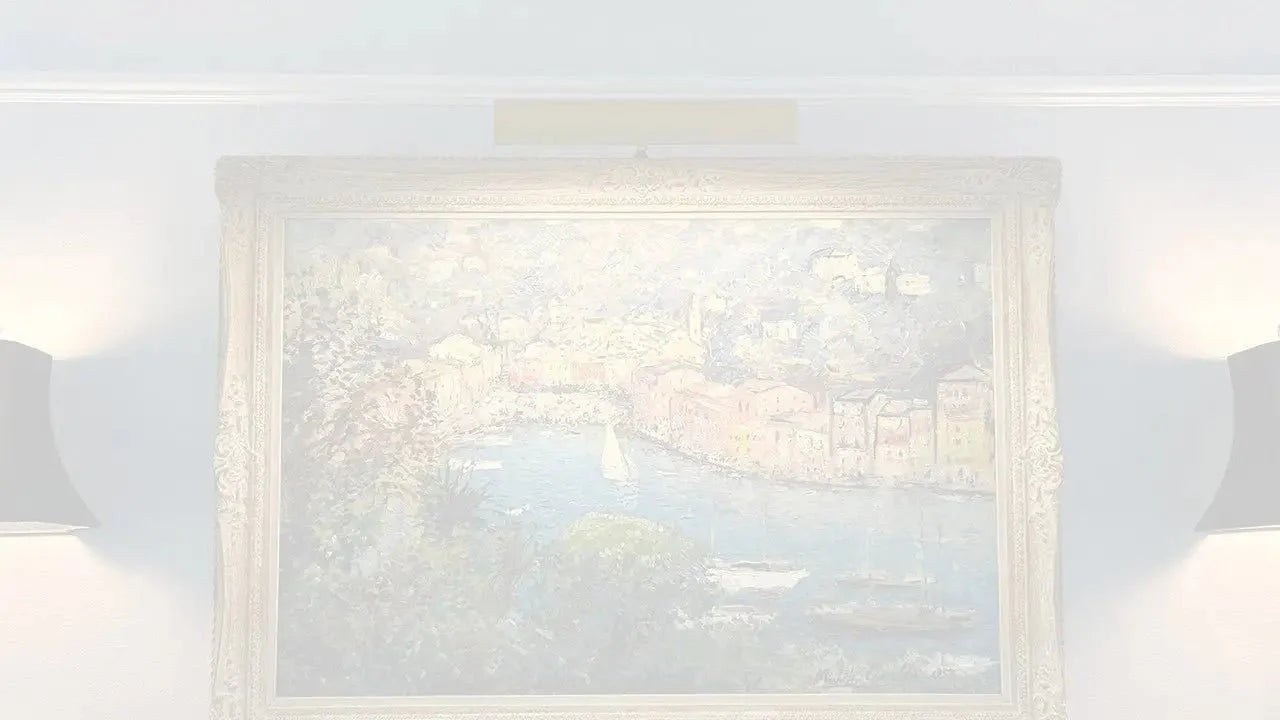
Leave a comment (all fields required)